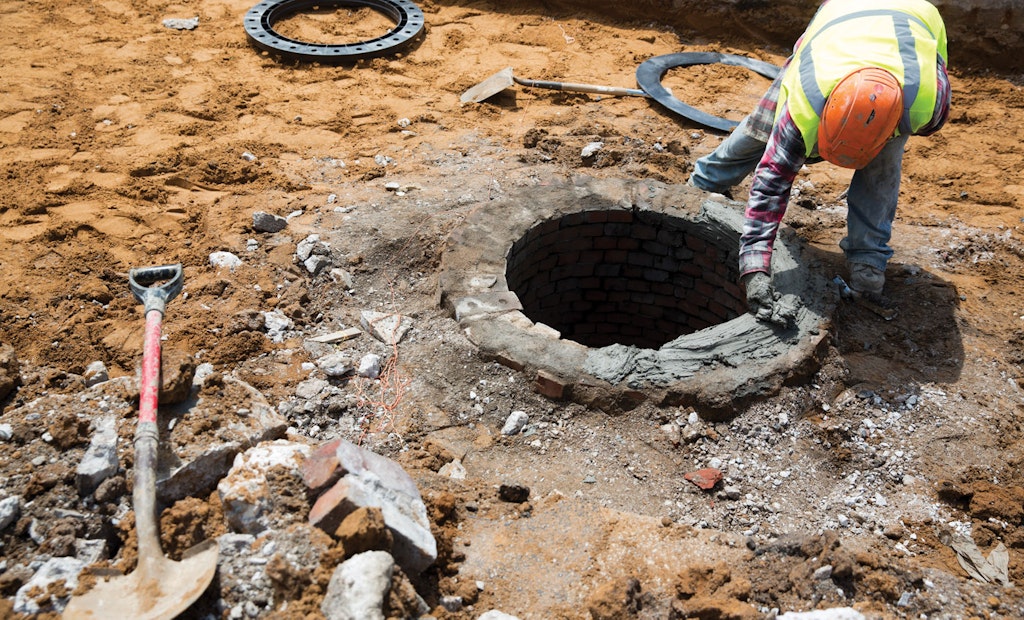
Kim Construction’s Roberto Lopez prepares a brick manhole for a chimney rebuild. One of the most important pieces of equipment for the company’s multi-faceted approach to manhole rehab is its fleet of ChemGrout grout pumping rigs.
Equipment breakdowns during deadline-sensitive projects hurt profitability and damage business reputations. That’s why manhole rehab specialist Kim Construction Company in Steger, Illinois, owns eight CG-570 progressive cavity grout pumping rigs made by ChemGrout.
“The best...





